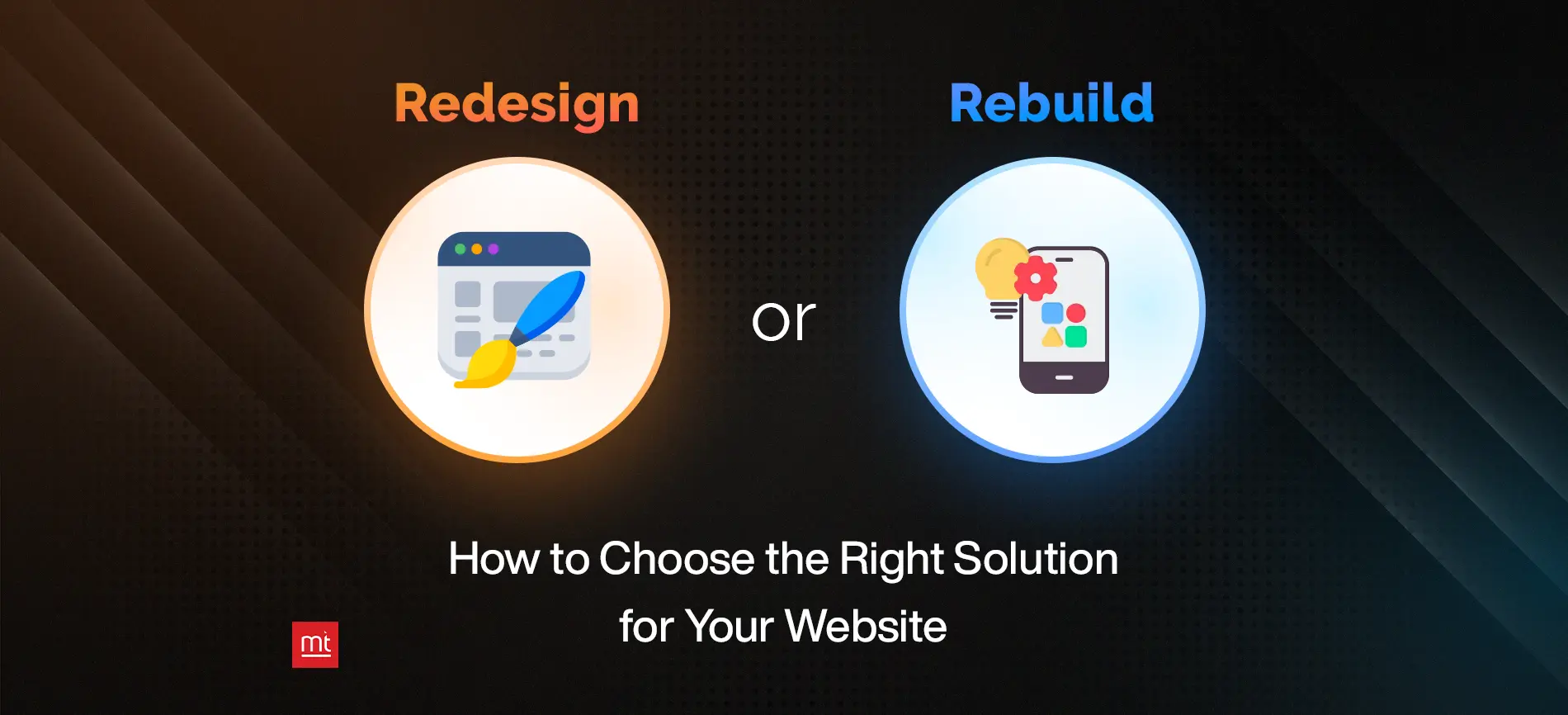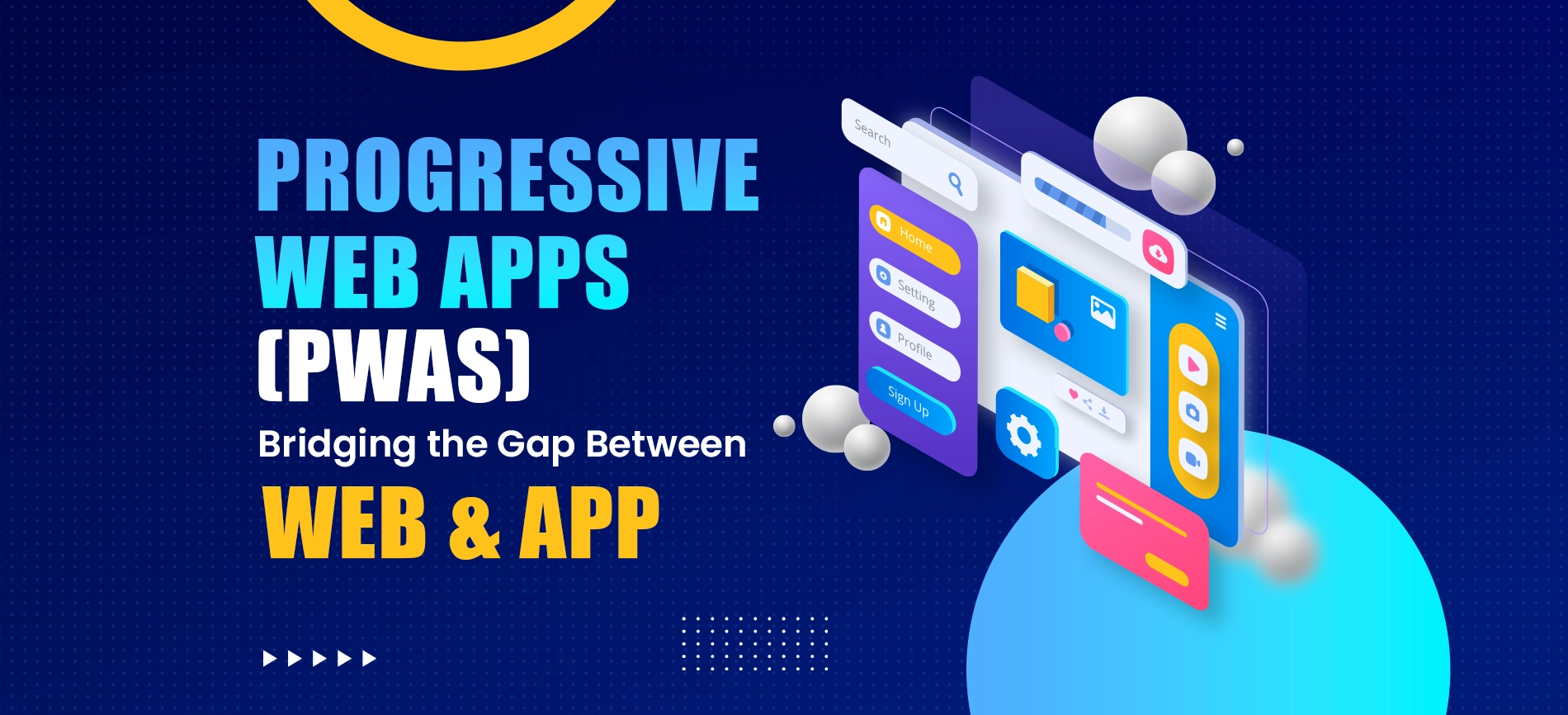Having an internet presence has almost become a need for all businesses and individual developers. However, while designing websites, developers may become perplexed as to which framework to utilize. Frameworks are an inextricable aspect of web development; as the sophistication of the technology required grows, so does the complexity of the online application needs. To construct sophisticated and browser-compatible websites and online apps, web developers may use the best web development frameworks.
Because there are so many web development frameworks to choose from, experienced developers are sometimes perplexed. You must consider carefully before choosing one because your website's future and functionality are dependent on the framework you choose.
Based on that, we will cover the 17 top web development frameworks in this post. We'll go through both frontend and backend frameworks. The web development frameworks we chose are based on the State Of JS 2020 Survey, which was based on use, and we can confidently predict that their popularity will remain the same in 2021.
Let's get started with the greatest web development frameworks!
What exactly is a Web Application Framework (WAF)?
A web application framework, sometimes known as a web development framework, is a piece of software used to create and manage online applications and websites, as well as web servers, web portals, web sources, web APIs, and web services.
What Are the Advantages of Using a Web Application Framework?
There are various benefits of using web application frameworks, which will be discussed in detail in the following section:
- Rapid advancement
- Maintenance Ease
- Enhanced security
- Support for debugging
- Enhanced productivity
What Are the Different Kinds of Web Application Frameworks?
There are several web frameworks and models that may be used for both dynamic and static online pages and apps. Depending on your company goals and requirements, you may select an appropriate framework for web application development from the alternatives listed below:
Web application frameworks are classified into two types:
- Client-side (Frontend) — This is the interface that the user sees when they run the program. It is a component of your web application framework that is visible to the outside world.
- Server-side (Backend) — The backend is the web application's backdrop or inner workings.
What exactly is Backend Framework?
The backend framework, often known as the server-side framework, is used for internal web application development. It manages the functionality of the program, as well as the server configurations, security, database, and payment choices. With a trained employee designing the backend framework's fundamental architecture and rules, a developer's productivity increases since they may use templates to produce simple web pages, landing pages, and other forms of a database.
Simply told, it includes a variety of aspects that might assist you and developers in making the process easier. Most of the time, backend frameworks run independently, although they play a significant role in application growth.
What exactly is a Frontend Framework?
The development of frontend frameworks is largely concerned with the production of a rich user experience. A frontend web framework enables you to customize the look and feel of your website to specifically adapt to the preferences of your users.
Because frontend tools primarily function with web browsers, the most fundamental competencies required of a developer overseeing frontend framework development include developing a user interface, processing hundreds to thousands of user requests, and managing service requests.
ReactJS
Despite the fact that it is more of a library, developers believe React to be one of the greatest web development frameworks. React, created by Facebook, was the first framework to use a component-based design. Later, Vue and Angular adopted a similar architecture. Let's look at what makes the framework so popular among developers. Begin by completing your free practical React Redux tests.
What Is Its Popularity Caused By?
- JSX makes React not just simple to use, but also enjoyable. Developers can only write code in JavaScript. They may create a new feature and test it in real-time. In a nutshell, React inserts HTML straight into your JavaScript.
- Components are what distinguishes React. They enable you to deconstruct sophisticated user interfaces. Instead of being concerned about a complex website design, you may split it down into smaller components and begin building the same.
- React uses virtual DOM to determine whether to re-render and when to disregard specific DOM elements. It improves the page's performance. And because the UI responds quickly to a user action, the user experience improves significantly.
- Developers' jobs are made easier by the availability of several useful tools. For example, React Development tools, when installed as Chrome extensions, allow you to easily examine and debug the DOM.
Shortcomings
- ReactJS is a newer technology that is largely sponsored by Facebook. As a result, the developer community, while fast-developing, is still smaller than that of Angular.
- The fact that React technologies are constantly being updated is a drawback. It's because developers don't have enough time to provide good documentation.
- Because React just covers the user interface, you'll need to use another framework for the backend.
- Because it needs a learning curve, JSX might be a hurdle for novice developers.
Angular
Angular is regarded as one of the greatest web development frameworks for creating powerful single-page apps. Google created Angular to make web development easier. The framework was created in 2010, and it has undergone multiple upgrades since then to stay up with the times. The framework is popular among developers due to its comprehensive set of components that simplifies the art of modifying and developing code.
Let's go through Angular's benefits and drawbacks in-depth know Angular Development Service
What Is Its Popularity Caused By?
- Because Google supports the framework, you can be confident that it is trustworthy, has thorough documentation, and will keep up with Google's quick upgrades.
- There are several third-party connectors that may be readily added. As a result, developers will be able to increase the overall operation of their website.
- Angular dependency injection is quite beneficial. Creating dependencies takes effort, but it's well worth it if you're working on a huge project where the site is required to perform several roles.
- Angular apps load quicker because they use an ahead-of-time compiler. During development, TypeScript and HTML are compiled into JavaScript (before the browser loads your app).
Shortcomings
- Even if you have an understanding of HTML, JS, and CSS, the learning curve of Angular might be a little high if you are a total newbie. This is due to the fact that Angular is opinionated and brings its own rules to the table when developers utilize it.
- Too many versions might be confusing for developers in terms of which version to use and what extra features it provides. Furthermore, Angular, like many other single-page web app frameworks, has limited SEO features.
- Even a basic program needs a significant amount of boilerplate code. Because of the complexity of installation, novice developers choose Vue or React over Angular.
Vue.JS
Despite the fact that Vue is a young framework, the Vue community is expanding by the day. Vue is a progressive JS-based framework that can be used to create desktop and mobile apps, as well as online interfaces. Vue, which was created in 2013, gradually surpassed the other frameworks on the market and is now rated third among web development frameworks.
What Is Its Popularity Caused By?
- When we think about popular characteristics, the first thing that springs to mind is size. The compressed Vue weighs roughly 29KB thanks to a minified jQuery library. Because it is a tiny ecosystem, there is no need to be concerned about performance.
- Programmers may rapidly comprehend it due to its simplicity. The components are made up of HTML and JavaScript; programmers who are familiar with these two languages may easily create large-scale templates.
- The excellent documentation provided by Vue makes learning easy. Programmers may readily perform complicated procedures while having minimal resources. The components are also interactive and reusable. You can simply exchange the states of components using Vuex.
- Vue can easily handle two-way data binding, allowing the code to be reactive. It's better for single-page web apps since the DOM updates anytime the code is altered. As a result, Vue is better suited for apps that demand real-time updates.
- The framework expresses an opinion. You have complete control over the app's structure.
Shortcomings
- Although the framework is adaptable, when working on a large-scale project with several developers, adaptability can lead to complexity, which leads to more mistakes, raising the development cost.
- The community is still tiny, and it does not enjoy the same level of popularity as Angular or React. Furthermore, because the framework evolves at such a rapid pace, many of the tutorials you may encounter may be out of date.
Ember
This is an open-source front-end JS-based framework, the stable version of which was published in 2016. Ember is also a good web development framework for creating client-side apps. It is well-known because the framework offers a full solution that includes an application flow and data management. Let us investigate its popularity and drawbacks.
What Is Its Popularity Caused By?
- You can rapidly work with the framework's APIs.
- Ember is widely renowned for completing comparable tasks in a single pass. As a consequence, great performance is obtained.
- Ember provides a comprehensive front-end stack. The framework includes a router, services, and an asset pipeline.
- Routing is among the finest you can get. Route handlers are enabled on URLs, allowing you to examine various application states. In addition, promises are determined by asynchronous logic in the router.
- Ember's philosophy is "convention above configuration." Everything is already configured in the framework for you, so you can get started on your project right away.
Shortcomings
- Although Ember JS is pretty good for small applications, it can get difficult for large projects. Handlebar, for example, is not as efficient as JSX. If you want to be flexible, JSX is a better choice.
- Type checking is Angular and React's selling feature. Type checking in Ember still needs to be enhanced, especially when it comes to the object model.
- There is still more work to be done on the tree shaking. When it comes to tree shaking, the React ecosystem provides more alternatives.
Back-End Frameworks at Their Finest
Now, let's look at the best back-end frameworks. According to the State of JS 2020 Survey, we have produced a list of the most popular frameworks. These frameworks will continue to be popular in 2021 unless there is a dramatic shift in use.
ExpressJS
JavaScript has an infinite number of applications. In other words, building a full website with JS is no longer a challenge. Because of the success of NodeJS, ExpressJS is now one of the most popular web development frameworks. Express, by utilizing Node's resilience, delivers certain essential characteristics of a framework while being quick, lightweight, and unopinionated. Let's look at its advantages and disadvantages.
What Is Its Popularity Caused By?
- If a developer is already familiar with NodeJS for the back end, they will feel more at ease with Express's upgraded and sophisticated workflow.
- Using URL and HTTP, you may specify the routes of an existing app.
- It is simple to deliver static files and resources.
- The establishment of a REST API server is a highly complex function.
- You may connect to MongoDB, Redis, and MySQL.
- The framework may be readily customized and configured to meet the needs of the user.
- Both frameworks, when combined with NodeJS, may enable numerous concurrent activities.
- The code is regularly evaluated and updated in an open-source community. And if you get stuck, you may obtain help from other members of the community.
Shortcomings
- When a developer is transitioning from another programming language, the event-driven nature of Express JS might be difficult to grasp.
- If you intend to create a mobile app using Express JS, you must first become acquainted with the notion of middleware.
- The framework is ideal for medium and small-scale projects. If you want to build a huge project, a middleware framework like ExpressJS is not the way to go.
Next.JS
This is a React framework that may be used to create single-page JS apps. Next.js is by far one of the greatest web development frameworks, with various advantages for both clients and developers. Next's creators marketed the framework as a one command toolkit for React projects that does not require any configuration. Let us investigate what makes it popular and what does not.
What Is Its Popularity Caused By?
- It has CSS support. CSS files may be readily imported from JS by developers.
- Developers may use the next/image component to automatically optimise pictures.
- Next.js has a large number of contributors due to its expanding popularity. As a result, rather than starting from zero, you will receive a solution from the community anytime you encounter a problem.
- Existing pages may be updated by simply re-rendering them in the background. As a result, static material is transformed into dynamic content.
- Angular development is made easier by automatic TypeScript compilation.
- Next.js's primary focus is on corporate login. Furthermore, because it provides an automated bundling and compilation experience, projects are ready for production from the start.
Shortcomings
- Because the framework is not very front-end friendly, you must create the complete UI layer from scratch.
- Next lacks a built-in state manager. If you require one, Redux or a comparable library must be used.
- In comparison to Gatsby, there aren't as many plugins to which you can easily adapt.
- If you don't have an in-house team, you'll need a committed individual to oversee development and management.
- Next's functionality is confined to its file-based router. You must rely on a Node server if you wish to use dynamic routes.
Django
Django is a Python-based Model-View-Template web development framework. Well-known firms such as Google, YouTube, and Instagram use this platform.
Django provides developers with approaches and tools to assist them in creating a secure website, or it includes security within the framework itself, such as preventing code execution in the template layer. Furthermore, Django offers several strong capabilities that set it apart from other back-end web development frameworks. Let's take a look at Django's appeal as well as its flaws.
What Is Its Popularity Caused By?
- Django has been the greatest at documentation since its debut, and it has only become better with current technological progress. It is also available in numerous languages.
- Django manages the website on the server using URLs rather than IP addresses, making it simple for SEO executives to link the website to the server while removing the requirement for the web developer to transform the URL into any numeric code.
- To create a completely working website, no prior knowledge of the backend is required. It executes many files at the same time without the need for separate server files for database design.
- It enables versatility with pluggable programs, which allow third-party applications to be readily plugged in.
Shortcomings
- Django is not suitable for building extremely scaled applications.
- The learning curve for Django is severe. Though it is a simple and straightforward framework, it is written in Python, making it tough to grasp.
- Django, unlike other web development frameworks, cannot handle many requests at once.
- The Django framework is a single entity. It has a small number of dependencies, making it challenging to utilize.
Spring
Java programming has been made the most stable and safe in this framework. As a result, Java's popularity has grown globally. Its appeal stems from its speed, simplicity, and productivity. It is an excellent framework that is well-liked by all developers.
Let us have a look at some of its characteristics:
- Its libraries are adaptable and trusted by developers worldwide.
- It is appropriate for both little and large undertakings.
- There is a vast and welcoming community behind you.
Laravel
Laravel is a free and open-source PHP programming platform. It is mostly based on the model view controller. Laravel also gains API support, which adds certain PHP functions and improves its efficacy.
Tell us about some of its features:
- With model view controller construction functions, the language becomes more versatile.
- It is the most commonly used.
- Interaction with data and models is simple to implement.
- In Laravel, there is no need to explore the command line.
Wrapping Up
As previously said, back-end and front-end web development frameworks are critical components for designing online applications. So, in this comparison post, we've gone through some of the most popular web frameworks that you may use for your next or ongoing online project. Several variables influence the choice of front-end and back-end development frameworks, including your business needs, application complexity, and team technical knowledge. It is critical to deal with a reputable web app development company that can advise you on all elements of web development frameworks.
About Author
Subscribe to Our Newsletter!
Join us to stay updated with our latest blog updates, marketing tips, service tips, trends, news and announcements!




















